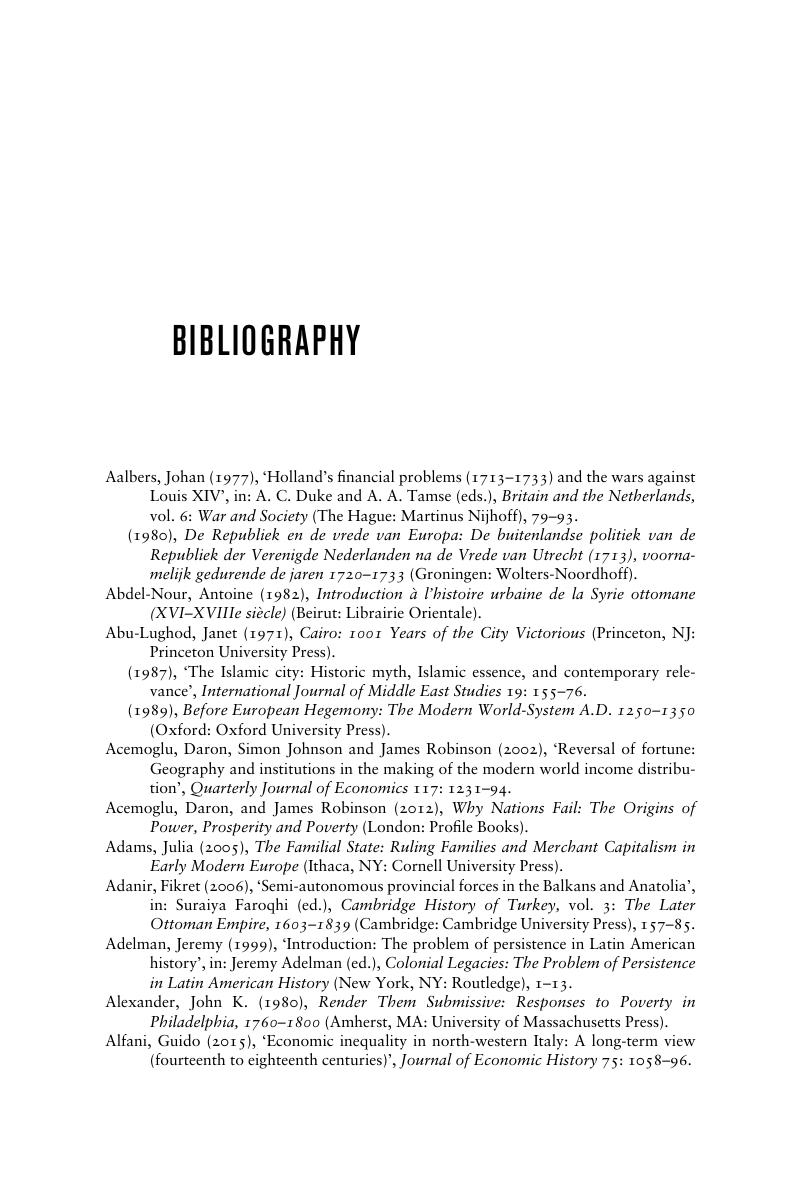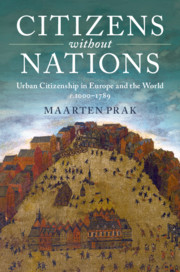Book contents
- Citizens without Nations
- Citizens without Nations
- Copyright page
- Dedication
- Contents
- Maps
- Acknowledgements
- Maps
- Introduction
- Part I Dimensions of Citizenship in European Towns
- Part II Cities and States, or The Varieties of European Citizenship
- Part III Citizenship outside Europe
- Conclusions
- Notes
- Bibliography
- Index
- References
Bibliography
Published online by Cambridge University Press: 24 July 2018
- Citizens without Nations
- Citizens without Nations
- Copyright page
- Dedication
- Contents
- Maps
- Acknowledgements
- Maps
- Introduction
- Part I Dimensions of Citizenship in European Towns
- Part II Cities and States, or The Varieties of European Citizenship
- Part III Citizenship outside Europe
- Conclusions
- Notes
- Bibliography
- Index
- References
Summary

- Type
- Chapter
- Information
- Citizens without NationsUrban Citizenship in Europe and the World, c.1000–1789, pp. 340 - 410Publisher: Cambridge University PressPrint publication year: 2018



